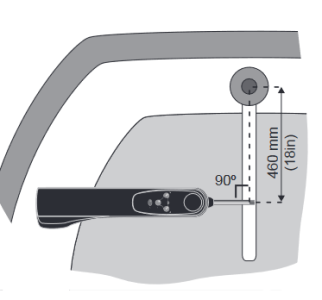Alan S
Well-known member
Does anyone have experience of using a tiller pilot to steer an outboard motor?
I'm talking about a small outboard powered motor cruiser (no rudder) and running at displacement speed.
I realise a remote fluxgate compass may be required due to magnetic interference but would steering by the outboard instead of a rudder be an issue?
I'm talking about a small outboard powered motor cruiser (no rudder) and running at displacement speed.
I realise a remote fluxgate compass may be required due to magnetic interference but would steering by the outboard instead of a rudder be an issue?


